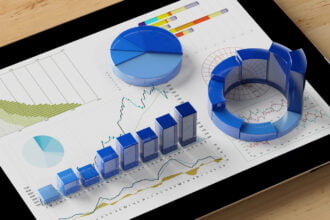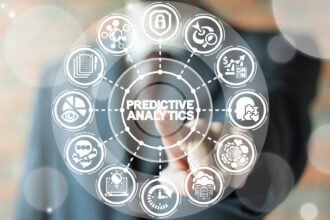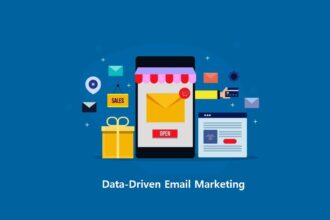Do you visualize how “big” is big data?
Just imagine these scenarios: people can move things around using their smartphones, pet-owners can monitor a dog’s health with software built in the collar, and casinos can monitor gamblers using a sensor.
Do you visualize how “big” is big data?
Just imagine these scenarios: people can move things around using their smartphones, pet-owners can monitor a dog’s health with software built in the collar, and casinos can monitor gamblers using a sensor.
These are just a few examples of how big data works. It is generated in a number of ways we can barely imagine.

Looking at the future of big data, around 53-percent of Internet experts and observers believe that it will cause a huge positive impact for society in nearly all aspects. It’s useful in a way that it can create transparency and allow better analysis of systems performances.
Aside from these advantages, big data also creates innovative business models, products, and services. Let’s expound on this and see how companies benefit from this advantage. Here are ways companies today utilize big data to grow their business:
Understanding customers
Here’s the new rule in marketing: Marketers can influence what people say about their brand, but they can no longer own the conversation. Besides creating great experience and streamlining marketing, companies also have to personalize their interactions with big data insights.
Using big data, marketers can engage with customers, discover what influences them, as well as determine the optimal marketing spend across multiple channels. With more than 1.01 billion Facebook users and 400 million tweets per day worldwide, retailers see a potential with better marketing. Understanding customers and their behaviors does not end with social media data. Marketers can also take a look at trending keywords and tracking metrics. Amazon, now with more than 89 million active users, predict customer behaviors through their past purchases, items they have rated and liked, and items they put in their virtual shopping carts.
Optimize processes
Big data means big opportunities. When employees can use and access data, their productivity increase and so is the company’s sales. An example of industry where productivity rises is the retail industry at 49-percent increase. The sales eventually increased by up to $1.2 billion in 2012.
Marketers can also optimize processes using real-time business intelligence systems and data mining. Just recently, the insurance industry is also facing a revolution that enables its organizations to compute the probability of individual risk. With support from Fuji Xerox Australia, insurance industries can now meet their individual customer’s personalised needs quickly and communicate with them more effectively.
Create opportunities
Companies can increase their offerings to their customers by demographic segmentation. A market research can help marketers know people’s interests, needs, and emotions.
Take for example Microsoft’s market research. They found that 50-percent of young dads are influenced by digital ads and banners. If you’re marketing to men, you might want to consider this survey. Aside from targeting your audience more effectively, you can also use big data to know what’s in demand and have plenty in stock.
Customer Relationship Management (CRM)
In this age, customers expect brands to respond at warp-speed. One out of four Facebook and Twitter users believe that companies should reply to their complaints on social media in an hour. Marketers can use CRM to make data personal through support services. Tailored ads and emails also work as much as real-time cross-sell recommendations for ecommerce.
Talking about personalized experiences for customers, a survey found that 87-percent of experiences agree capturing and sharing the right data is important to effectively measure Return On Investment (ROI).
Improve security
With the help of IT professionals, businesses can trust to protect their data. It’s possible using cloud services and analytics. Amit Vital, chief technology officer at Symantec, said big data analytics can be used to customize and “calibrate the most effective security tools for the job.”
Google, for example, does not allow public tours or site visits inside their data centers. Customer data is stored in multiple locations, to help ensure reliability and improve the customer experience.










